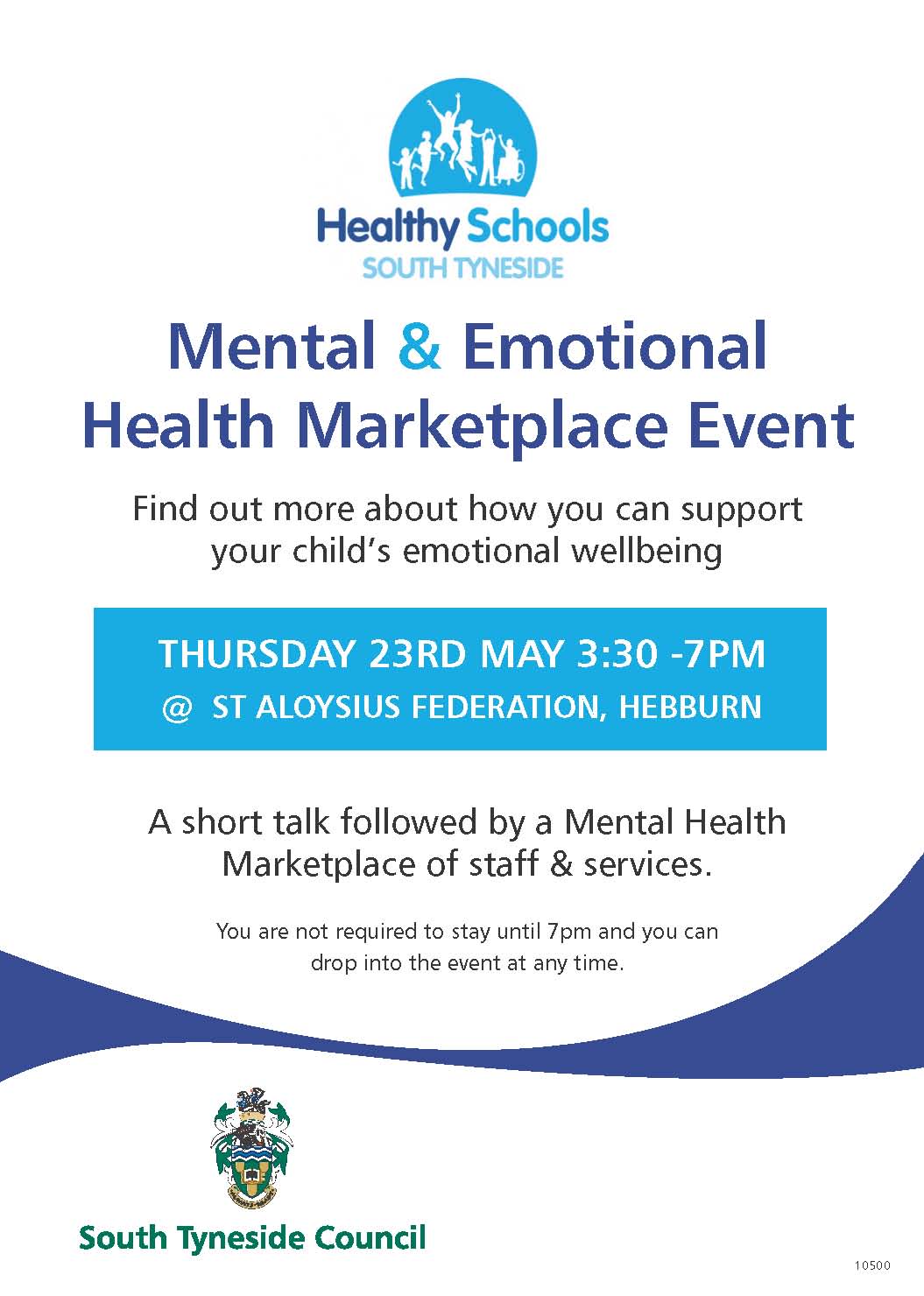It also could be related to the blue color of the daytime sky. Blue light also happens to be the type of https://transformationstreatment1.blogspot.com/2020/08/delray-beach-substance-abuse-treatment.html light provided off by our Televisions, computer systems, smartphones, and tablets. With our night work practices, along with evenings spent viewing TV or using computer systems, we're exposed to more blue light later on in the day than ever in the past.
Many devices consist of settings or third-party apps that can block the blue wavelength of light to decrease their impacts on their natural sleep cycles, or body clocks. Some eyeglasses producers also are producing glasses or goggles that filter blue light. Some patients find relief from sleep conditions by taking a melatonin supplement in the night to jump-start the brain's release of the chemical melatonin, which prepares the body for sleep.
Taking melatonin prematurely or far too late can throw sleep patterns even more out of positioning. Some patients do well with antidepressant medications that likewise are sedatives that assist them fall asleep at night. Other clients need aid remaining awake throughout the day, so we can provide stimulant medications if needed.
The 20-Second Trick For How Bad Mental Health Can Affect You Newssource
For example, some anxiety medications can trigger weight gain. If a patient has actually gotten weight and is snoring during sleep, we will take a look at the patient for sleep apnea and possibly deal with that condition. If we do not address a patient's sleep apnea, the client most likely is going to stay drowsy and continue to have problems with anxiety.
Non-rapid eye movement (NREM) sleep arousal conditions include episodes of incomplete awakening from sleep, normally occurring throughout the first third of a major sleep episode, and are accompanied by either sleepwalking or sleep terrors. The episodes cause considerable distress or issues working. NREM sleep arousal conditions are most common among kids and become less common with increasing age.
While sleepwalking, the individual has a blank, staring face; is fairly unresponsive to others; and is challenging to wake up. Almost 30% of individuals have actually experienced sleepwalking at some time in their lives. Sleepwalking disorder, with repeated episodes and distress or problems functioning, affects an estimated 1% to 5% of individuals.
How Does Mental Illness Affect Relationships Fundamentals Explained
During each episode, the individual experiences intense fear and associated physical indications such as quick breathing, accelerated heart rate and sweating (how does mental health affect homelessness). The person generally does not keep in mind much of the dream and is unresponsive to efforts of others to comfort them. Sleep fears prevail among very young childrenat 18 months of age about 37% of kids experience night horrors and at 30 months about 20% experience them.
Headache condition involves repeated occurrences of lengthy, upsetting, and well-remembered dreams that normally include efforts to prevent dangers or danger. They typically take place in the second half of a significant sleep episode. The problems are normally lengthy, sophisticated, story-like series of dream images that seem real and trigger anxiety, fear or distress - how does trauma affect people with mental illness.
The headaches trigger substantial distress or problems functioning. Nightmares frequently begin in between ages 3 and 6 years however are most prevalent and severe in late adolescence or early adulthood. Fast eye motion (REM) sleep behavior Mental Health Delray disorder includes episodes of stimulation throughout sleep connected with speaking and/or movement (how does diet affect mental health). The person's actions are typically reactions to occasions in the dream, such as being attacked or trying to escape a threatening situation.
Not known Factual Statements About How Does Music Affect People's Mental Health
These habits might be a substantial problem for the specific and their bed partner and might result in considerable injury (such as falling, leaping, or flying out of bed; running, striking, or kicking). Upon awakening, the person is right away alert and can often remember the dream. These habits arise throughout Rapid Eye Movement and typically occur more than 90 minutes after dropping off to sleep.
Embarrassment about the episodes can trigger issues in social relationships and can cause social isolation or work-related issues. The occurrence of Rapid Eye Movement sleep behavior condition is less than 1% in the general population and it extremely affects males older than 50. Individuals with hypersomnolence disorder are excessively sleepy even when getting at least 7 hours sleep.
People with this disorder might have difficulty waking up in the morning, often appearing groggy, baffled or combative (typically referred to as sleep inertia). The sleepiness causes considerable distress and can lead to issues with functioning, such as problems with concentration and memory. The condition typically starts in late teens or early twenties however may not diagnosed until many years later on.
Little Known Questions About What Does Mental Health Affect.
People with narcolepsy experience periods of an irrepressible need to sleep or lapsing into sleep multiple times within the exact same day. Drowsiness usually occurs daily but should occur a minimum of 3 times a week for at least three months for a medical diagnosis of narcolepsy. Individuals with narcolepsy have episodes of cataplexy, brief abrupt loss of muscle tone activated by laughter or joking.
Individuals are awake and aware throughout cataplexy. Narcolepsy nearly constantly results from the loss of hypothalamic hypocretin (orexin)- producing cells. This shortage in hypocretin can be evaluated through cerebrospinal fluid by means of a lumbar puncture (back tap). Narcolepsy is unusual, affecting and estimated 0. 02% 0. 04% of the basic population. It normally starts in youth, teenage years or young adulthood.
The urge to move the legs: starts or worsens throughout durations of rest or inactivity; is partially or totally relieved by movement; and is worse at night or at night than during the day or occurs just at night or during the night. The symptoms occur at least three times each week, continue for at least 3 months, and cause substantial distress or problems in everyday functioning.
The smart Trick of What Does Mental Illness Affect That Nobody is Discussing
Agitated legs syndrome normally begins in an individual's teens or twenties and it affects an estimated 2% to 7. 2% of the population. With body clock sleep-wake disorders, an individual's sleep-wake rhythms (body clock) and the external light-darkness cycle become misaligned. This misalignment triggers significant continuous https://transformationstreatment1.blogspot.com/2020/07/depression-mood-disorders-delray-beach.html sleep problems and extreme sleepiness throughout the day leading to substantial distress or issues with operating.

Prevalence of delayed sleep phase type (remaining up late and getting up late) in the general population is roughly 0. 17% however approximated to be greater than 7% in teenagers. The estimated frequency of innovative sleep phase type (going to sleep early and waking early) is approximately 1% in middle-age adults and it is more typical in older adults.
